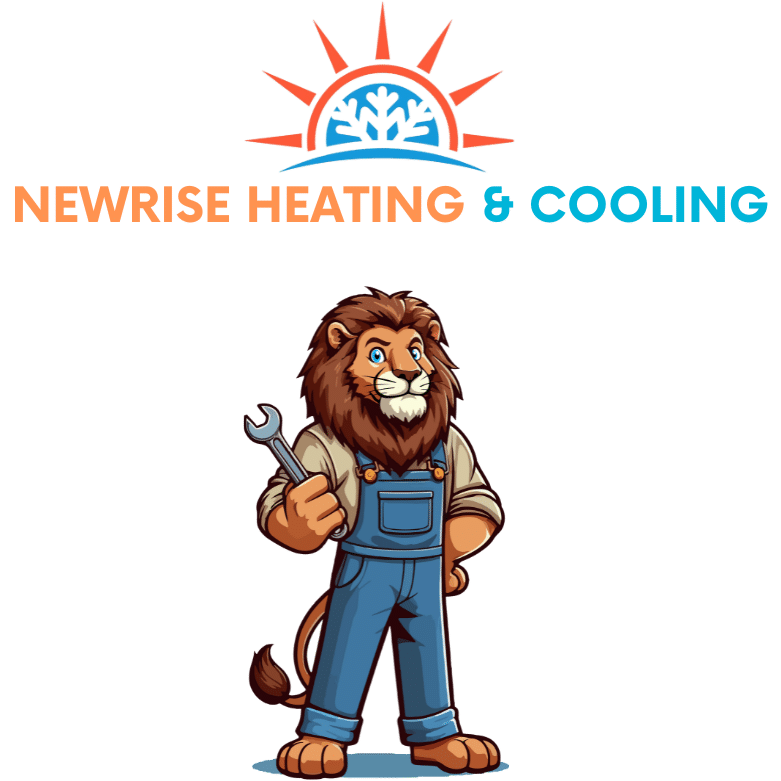Homeowners often overlook the importance of proper insulation, but this oversight can lead to inflated AC costs. Understanding the relationship between insulation and air conditioning costs can significantly enhance home comfort and reduce energy bills. Here’s an in-depth look at this often misunderstood connection.
The Intricate Relationship Between Insulation and AC Costs
Insulation creates a barrier to heat flow from warmer areas to cooler ones. In the summer, insulation helps keep the cool air produced by the air conditioning system inside the house, preventing it from escaping through walls, ceilings, or floors.
Simultaneously, it helps keep out the hot exterior air. When a home is poorly insulated, the air conditioner has to work harder to maintain the desired indoor temperature. This extra effort translates into higher energy consumption and increased AC costs. Conversely, proper insulation can reduce the load on the AC system, enhancing its efficiency and durability while lowering energy costs.
The Price of Wrong Insulation
Using the wrong type of insulation for a specific home or installing it incorrectly can result in substantial inefficiencies. Inadequate insulation allows cool air to escape and hot air to infiltrate, putting additional strain on the air conditioning system. This strain manifests as increased energy consumption and inflated AC costs. Moreover, it can also lead to uneven cooling, reduced comfort, and increased wear and tear on the air conditioning system.
Optimal Insulation for Lower AC Costs
Every homeowner can take steps to ensure their home is correctly insulated. Here are a few strategies and products that can help:
Assess Your Current Insulation: To effectively lower AC costs, it’s crucial first to understand the current state of your home’s insulation. One approach is a professional energy audit, which assesses the energy consumption in your home and identifies areas where improvements can be made. This audit might involve using infrared cameras or other diagnostic tools to identify where heat loss or gain occurs visually. It will allow you to pinpoint specific areas in your home, such as the attic, walls, or basement, that may require additional insulation.
Upgrade Insulation Material: There are many types of insulation materials, each suited to different applications:
- Fiberglass: This is the most common type of insulation material. It’s available in batts or rolls and can be installed on walls, floors, and ceilings. It’s non-flammable and resistant to moisture damage.
- Cellulose: This eco-friendly option is made from recycled paper products. It’s typically blown into attics, walls, and hard-to-reach areas, creating a thick insulation layer.
- Spray Foam: This material expands to fill gaps and cracks, providing an airtight seal. It offers a high R-value (a measure of thermal resistance), making it very effective at preventing heat transfer.
Seal Air Leaks: Cool air can escape, and hot air can enter through cracks and gaps around windows, doors, and where walls meet the ceiling or floor. Sealing these leaks with caulk or weather stripping can significantly improve your home’s insulation and reduce AC costs.
Install Weather Stripping: Weather stripping can be installed around doors and windows to seal gaps and prevent air leaks. Various types of weather stripping are available, including adhesive-backed tape, door sweeps, and V-strip (tension seal).
Use Radiant Barriers: Radiant barriers are installed in attics to reduce heat gain from the roof. They consist of a reflective material that reflects radiant heat rather than absorbing it, keeping your attic and the rest of your home cooler.
Add Window Insulation Film: Window insulation film is a plastic film that can be applied to glass windows to reduce heat transfer. It’s a great low-cost method to improve the insulating properties of windows, especially if window replacement is not an option.
Consider Insulated Doors: If your home has older doors, they might contribute to your high AC costs. Today’s doors often come with built-in insulation, which can help maintain your home’s temperature.
By carefully considering these strategies and products, homeowners can effectively insulate their homes, reducing the need for excess air conditioning and lowering AC costs.
The NewRise Heating and Cooling Advantage
While homeowners can undertake some insulation improvements, other tasks may require professional expertise. That’s where NewRise Heating and Cooling comes in. They can assess your current insulation, recommend suitable improvements to help reduce your AC costs and help extend the lifespan of your AC unit.
Insulation Is Key to Reducing AC Costs
The relationship between insulation and AC costs is clear: proper insulation reduces energy consumption, saves money, and enhances the efficiency of your air conditioning system. If you’re grappling with high AC costs, consider having a professional energy audit to assess your home’s insulation. NewRise Heating and Cooling experts are always ready to help you understand and optimize your home’s insulation.
For more information on insulation and AC costs, don’t hesitate to contact NewRise Heating and Cooling. The investment will pay dividends in lower energy costs and a more comfortable home.
Balancing DIY Enthusiasm with the Need for Professional Expertise
While handling minor AC maintenance tasks is empowering, it’s crucial to recognize when a repair is beyond a DIY attempt. When dealing with complex systems like an air conditioner, mistakes can lead to more significant problems and even safety risks. In the long run, seeking professional assistance for complicated issues could save time and money and potentially prevent a minor issue from becoming major.
If you are facing an AC issue that requires a professional touch, don’t hesitate to contact a trusted professional in your area. NewRise Heating and Cooling is always ready to assist with any AC repair needs, providing safe, effective solutions to keep your home cool and comfortable.
Get In Touch With Us
Rates may apply. You can opt-out at any time



